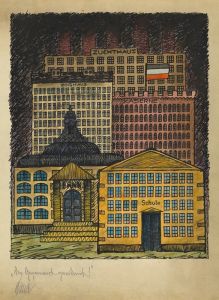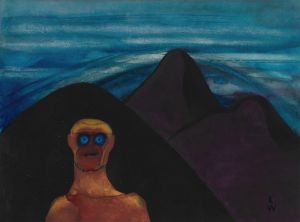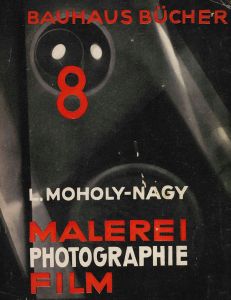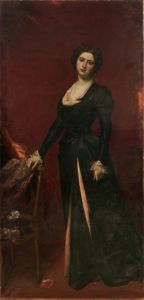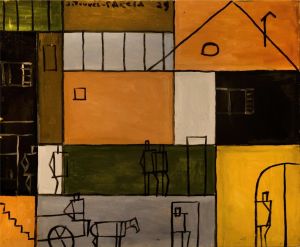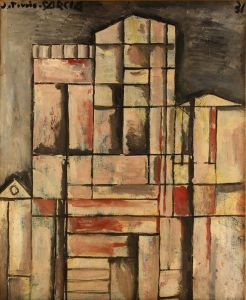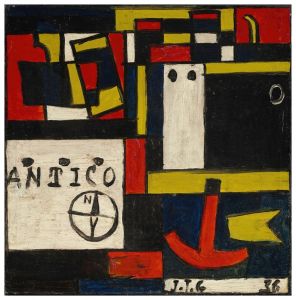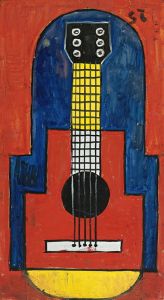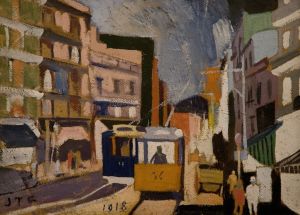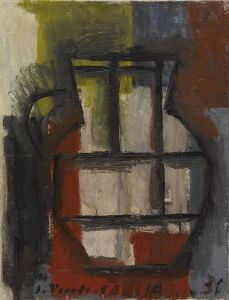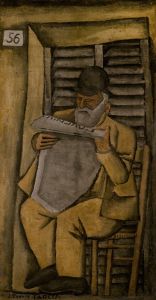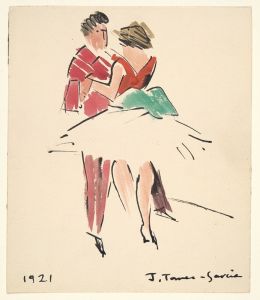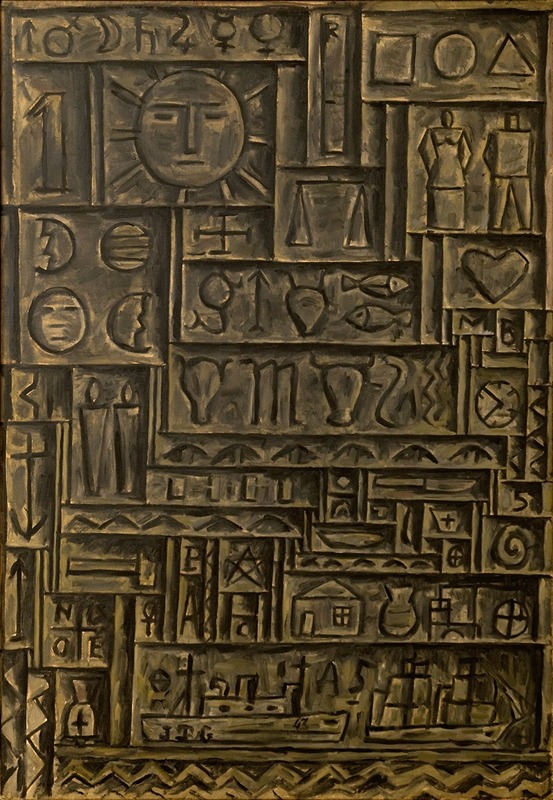
Arte universal
A hand-painted replica of Joaquín Torres-García’s masterpiece Arte universal, meticulously crafted by professional artists to capture the true essence of the original. Each piece is created with museum-quality canvas and rare mineral pigments, carefully painted by experienced artists with delicate brushstrokes and rich, layered colors to perfectly recreate the texture of the original artwork. Unlike machine-printed reproductions, this hand-painted version brings the painting to life, infused with the artist’s emotions and skill in every stroke. Whether for personal collection or home decoration, it instantly elevates the artistic atmosphere of any space.
Joaquín Torres-García was a prominent Uruguayan artist and theorist, known for his significant contributions to modern art in Latin America. One of his notable works is "Arte universal," which exemplifies his unique approach to art and his theoretical contributions to the field.
"Arte universal" is a painting that reflects Torres-García's commitment to creating a universal visual language. This concept was central to his artistic philosophy, which he termed "Constructive Universalism." This philosophy aimed to synthesize the geometric abstraction of European modernism with the symbolic and spiritual elements of pre-Columbian art. Torres-García believed that art should transcend cultural and temporal boundaries, creating a universal language that could communicate across different societies and epochs.
The painting "Arte universal" features a grid-like structure, a hallmark of Torres-García's work, which he used to organize and balance the composition. Within this grid, various symbols and geometric shapes are arranged in a harmonious and balanced manner. These symbols often include references to ancient cultures, such as Incan, Mayan, and Egyptian iconography, as well as modernist elements. This blend of ancient and modern symbols is intended to create a timeless and universal visual language.
Torres-García's use of a grid structure in "Arte universal" is influenced by his time in Europe, particularly his interactions with the De Stijl movement and artists like Piet Mondrian. However, unlike Mondrian's purely abstract compositions, Torres-García's work incorporates figurative elements and symbols that convey specific meanings. This combination of abstraction and figuration is a distinctive feature of his Constructive Universalism.
The color palette of "Arte universal" is typically muted, with earthy tones that further emphasize the connection to ancient art and cultures. The use of these colors also reflects Torres-García's interest in creating a sense of timelessness and universality in his work. The painting's composition is meticulously balanced, with each element carefully placed to create a sense of harmony and order.
Joaquín Torres-García's "Arte universal" is not just a visual artwork but also a manifestation of his theoretical ideas. He wrote extensively about his artistic philosophy, and his writings provide valuable insights into the principles underlying his work. In his texts, Torres-García emphasized the importance of structure, order, and the integration of different cultural elements to create a universal art form.
"Arte universal" is a testament to Torres-García's vision of art as a means of connecting different cultures and epochs. It reflects his belief in the power of art to communicate universal truths and his commitment to creating a visual language that transcends individual cultural contexts. Through this work, Torres-García sought to bridge the gap between the ancient and the modern, the local and the global, creating a truly universal art form.
In summary, Joaquín Torres-García's "Arte universal" is a significant work that embodies his Constructive Universalism philosophy. The painting's grid structure, symbolic elements, and muted color palette reflect his efforts to create a universal visual language that transcends cultural and temporal boundaries. Through this work, Torres-García aimed to connect different cultures and epochs, demonstrating the power of art to communicate universal truths.





